Computer Networks: Fiber Optics, NICs, IP Configuration, and IPv6
VerifiedAdded on 2023/03/30
|9
|776
|470
Homework Assignment
AI Summary
This assignment provides an overview of several key networking technologies and concepts. It begins with an examination of fiber testing equipment, including Optical Time Domain Reflectometers (OTDRs) and source and power meters, along with their functionalities and market prices. The assignment then delves into Network Interface Cards (NICs), comparing different types like wireless, Gigabit Ethernet, and fiber optic NICs, highlighting their features, manufacturers, and costs. Following this, the assignment documents the IP configuration of computers, providing IP address information. Furthermore, it discusses IPv6, emphasizing its importance in the context of the growing Internet of Things (IoT) and the limitations of IPv4. Finally, the assignment describes the pathping command, a TCP/IP command-line tool used for analyzing network latency and loss between source and destination, and its advantages over traceroute and ping.
1 out of 9

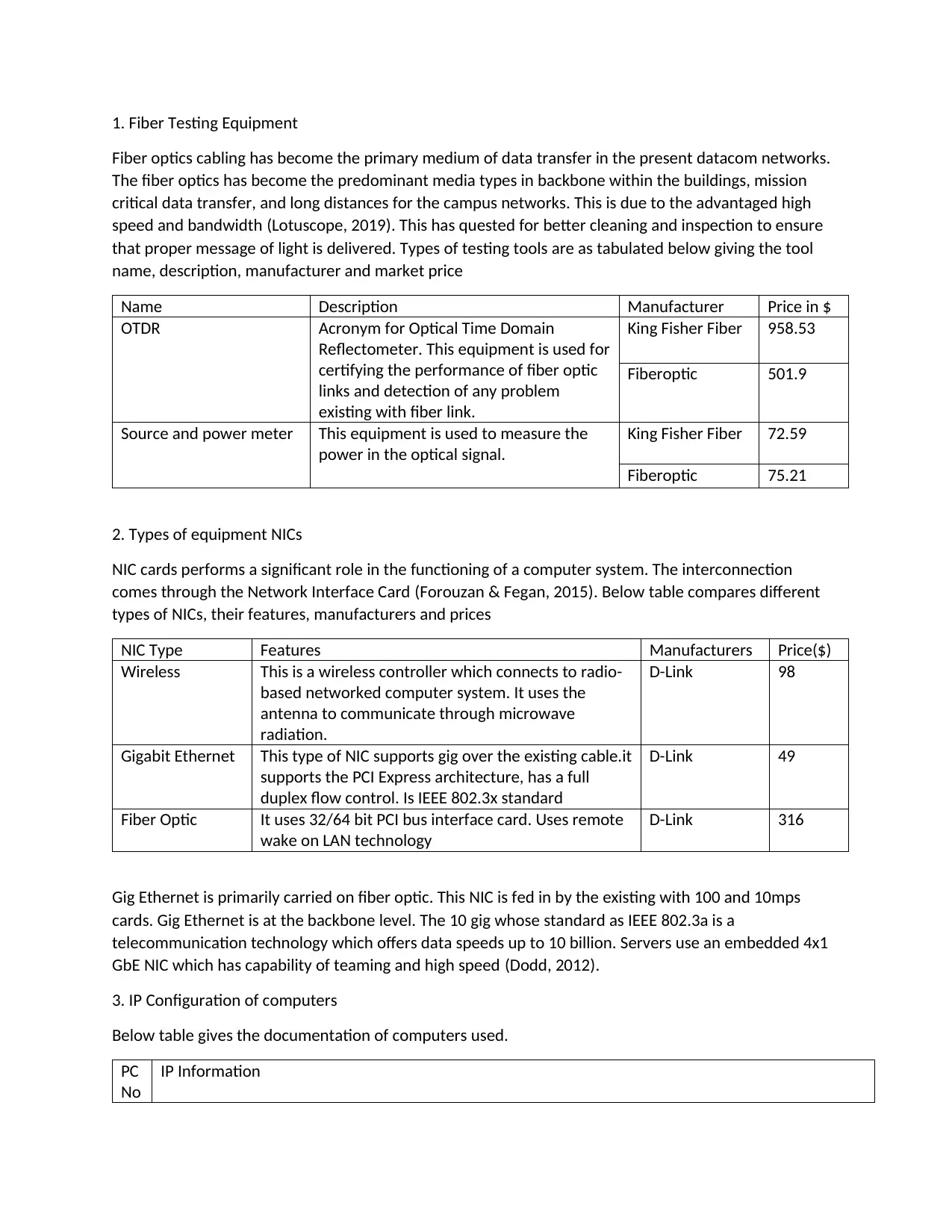
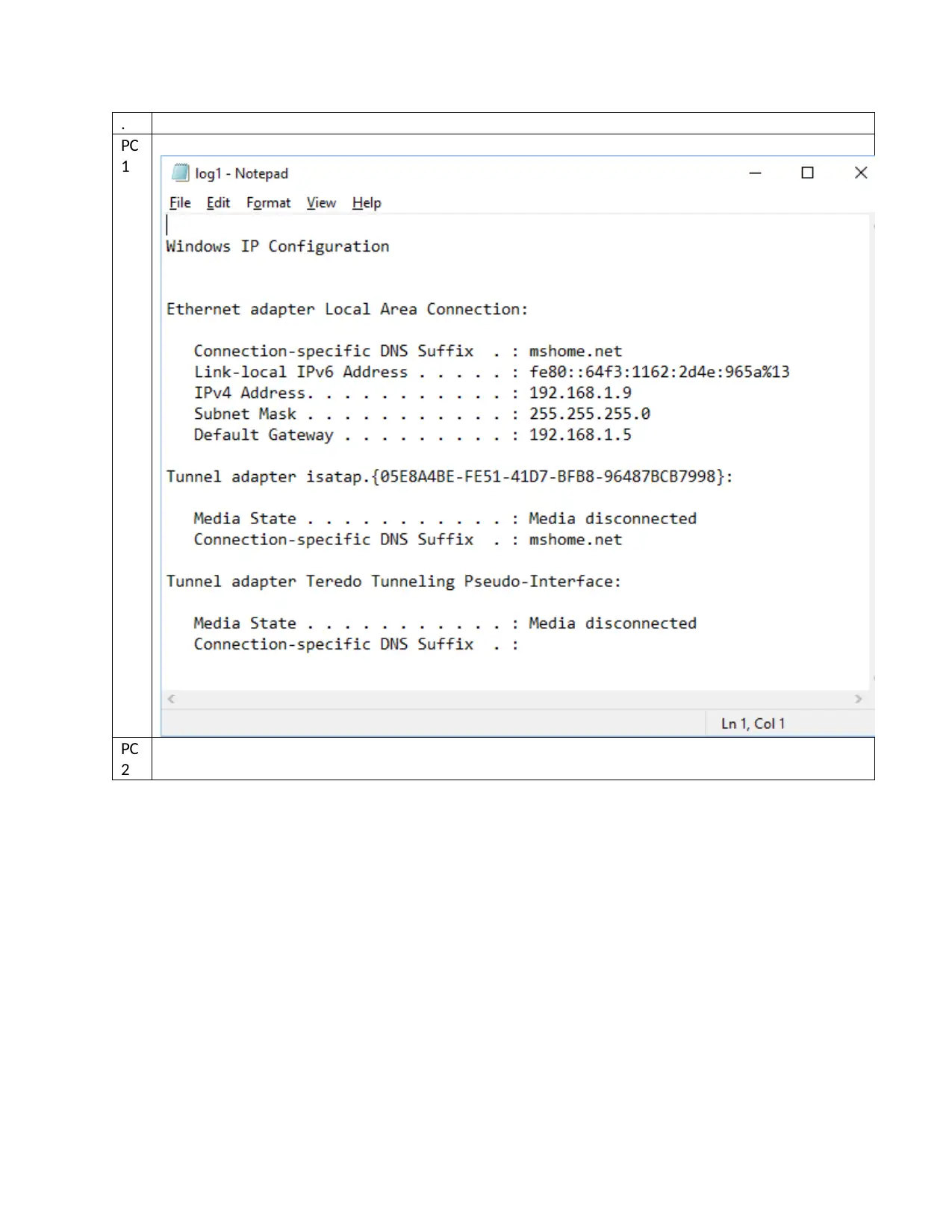

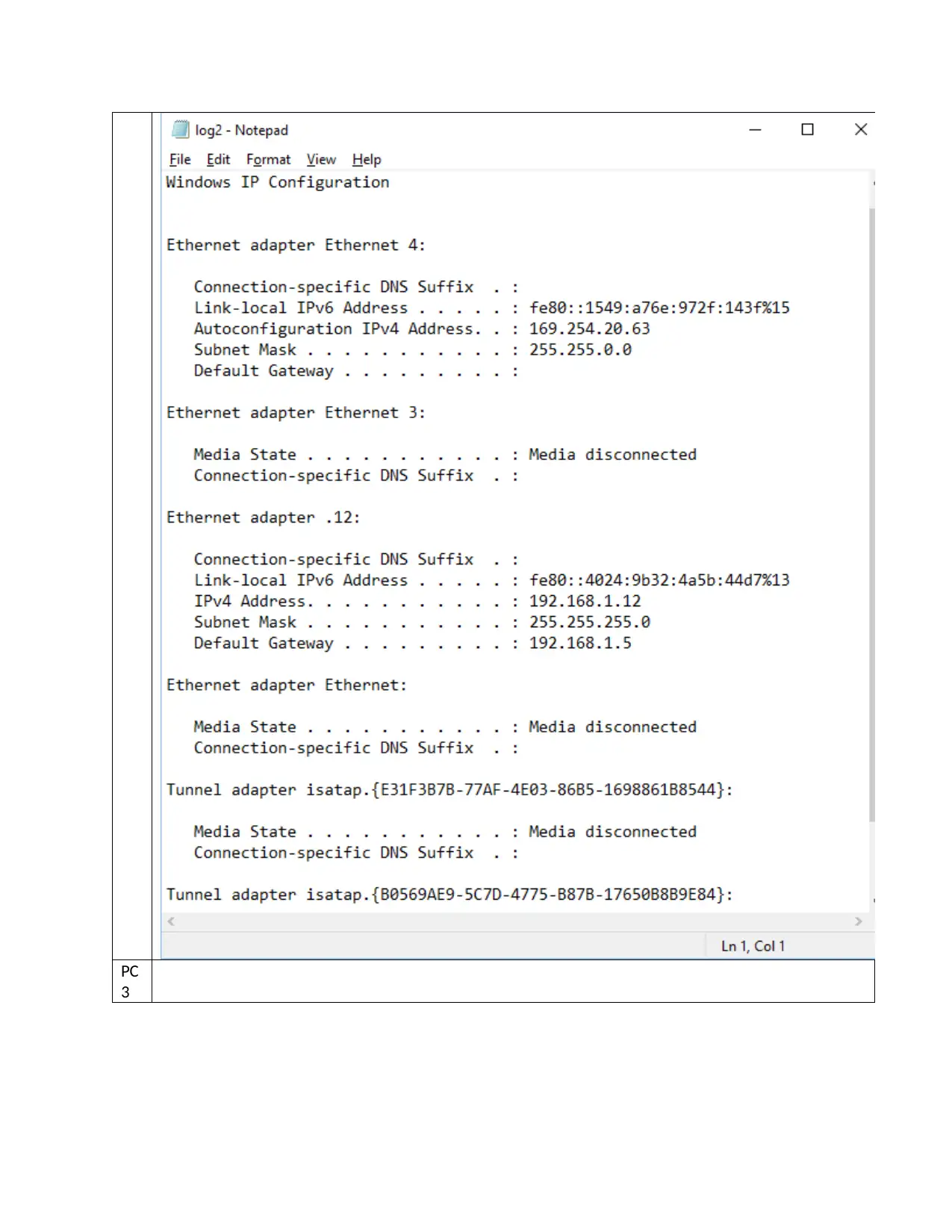
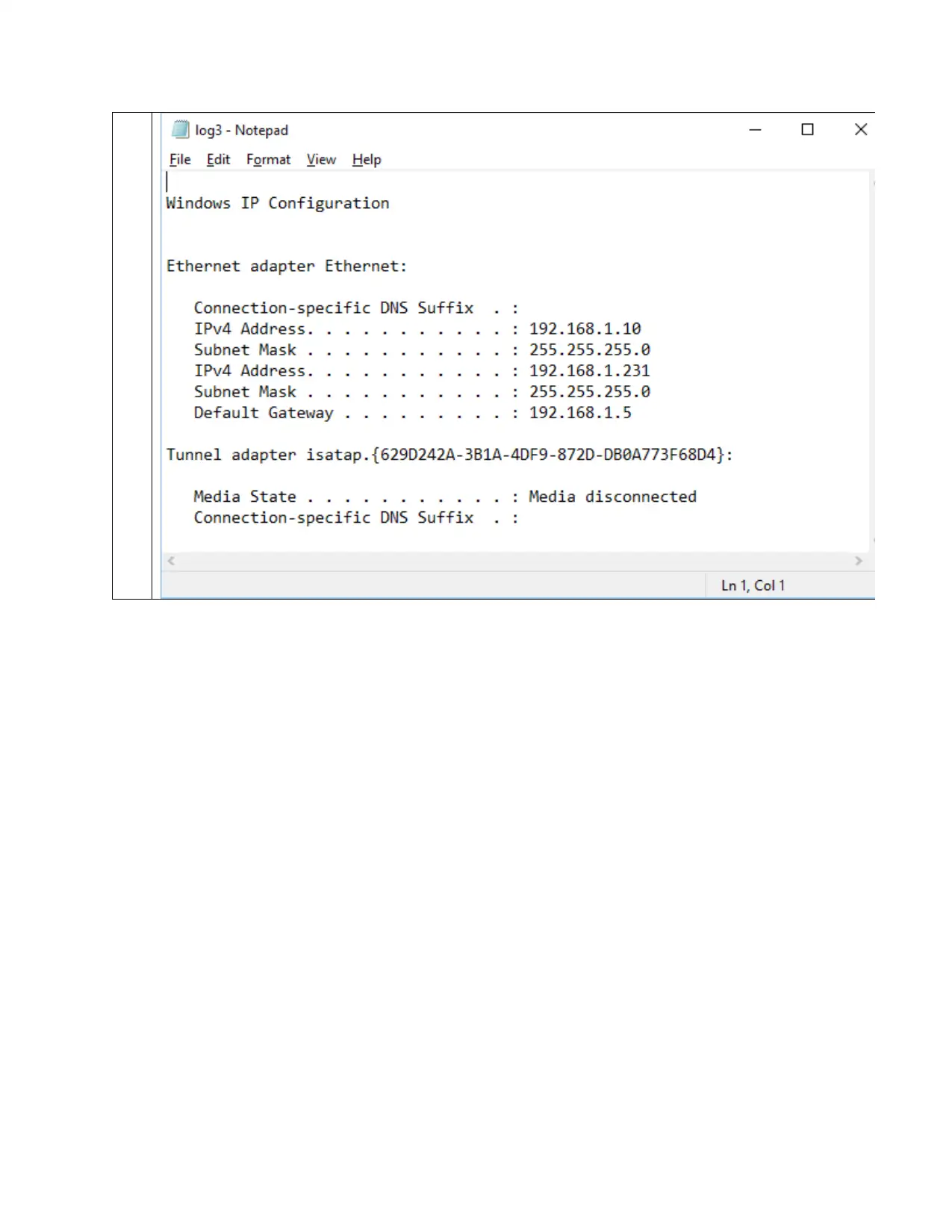
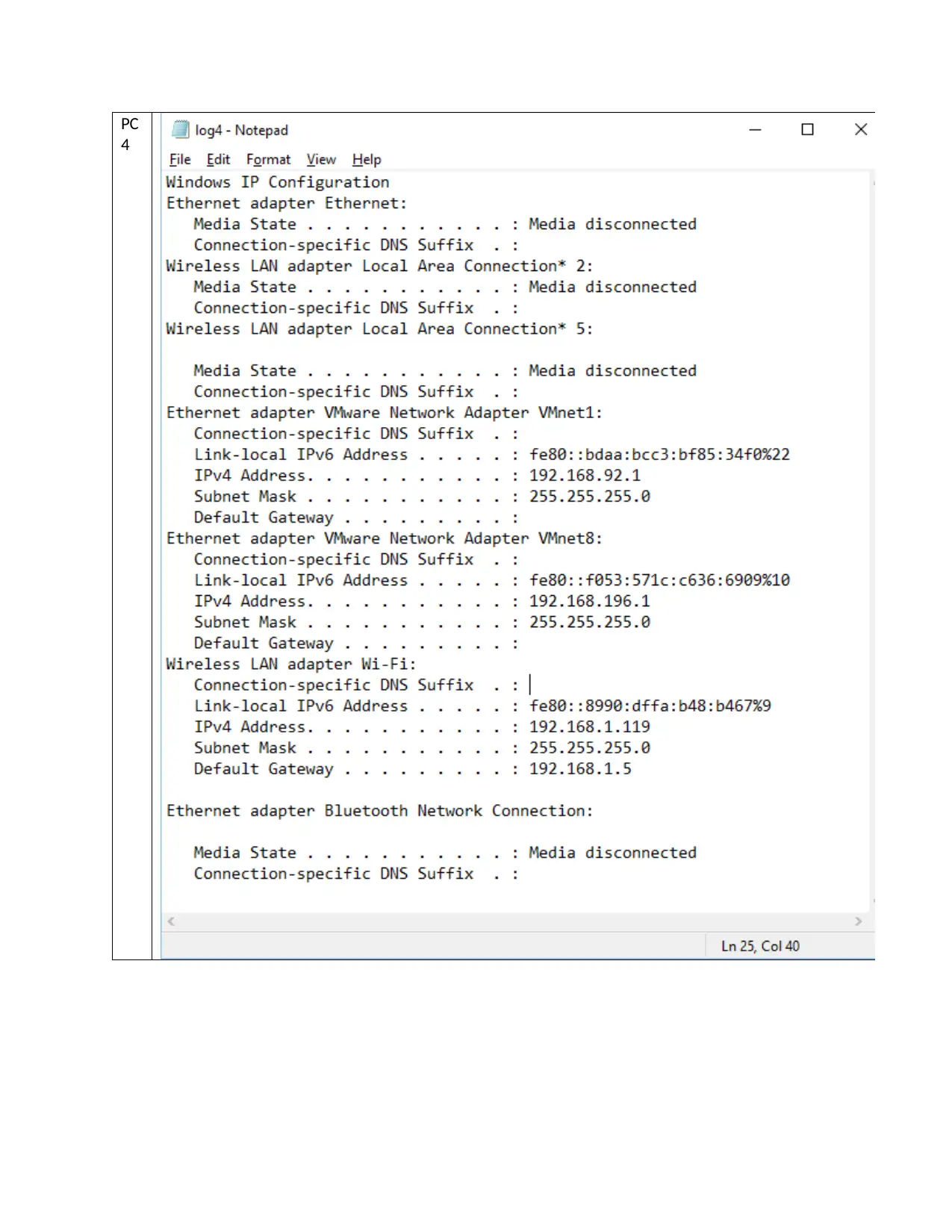
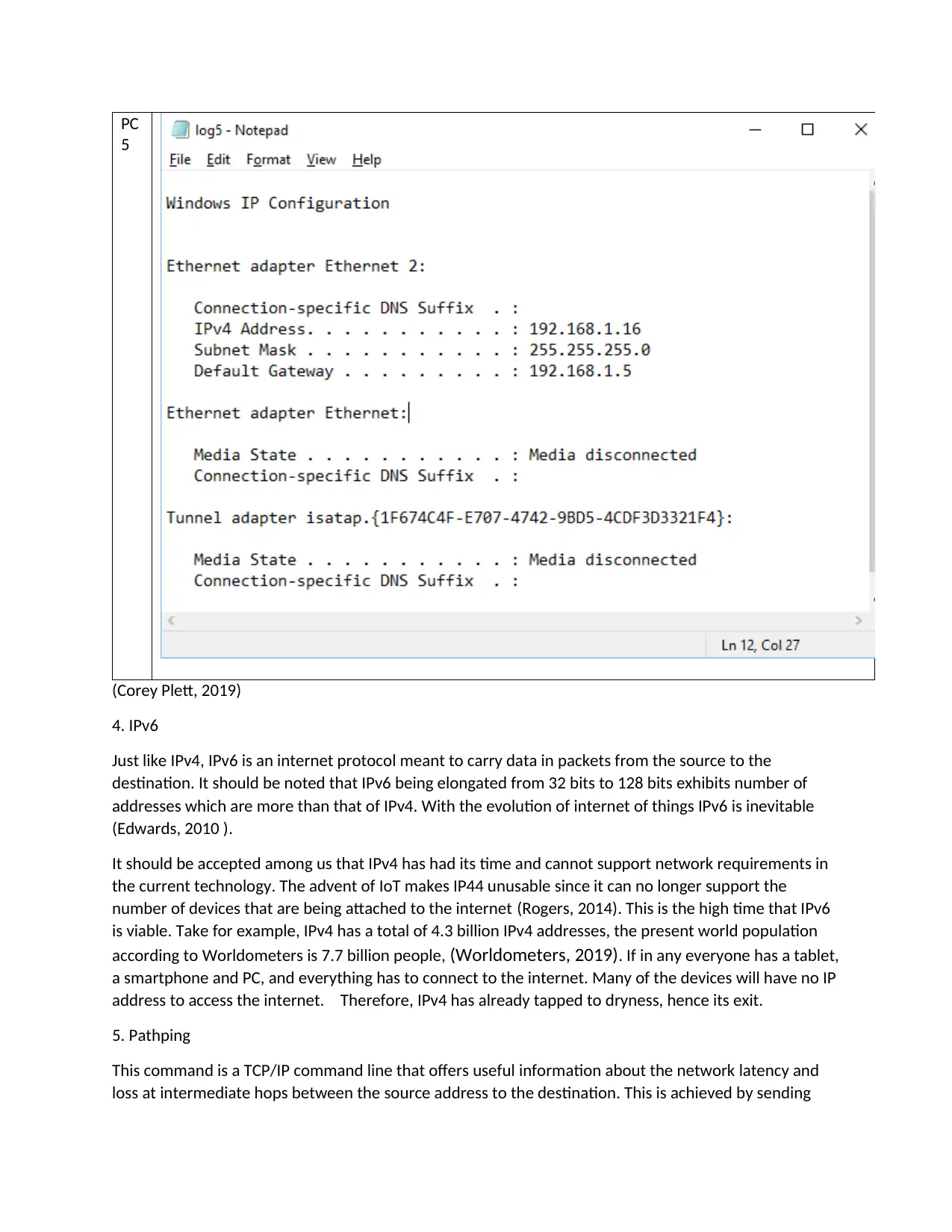
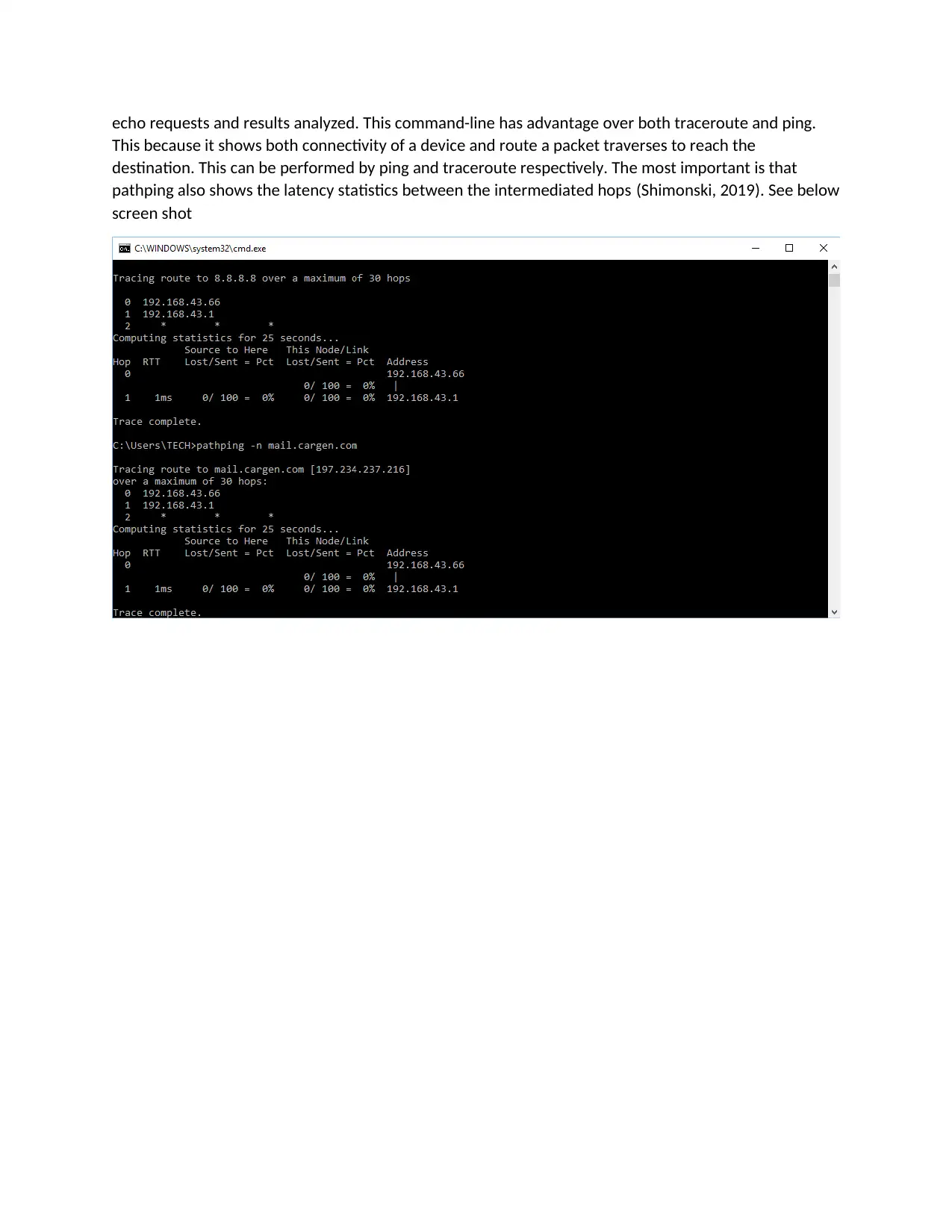
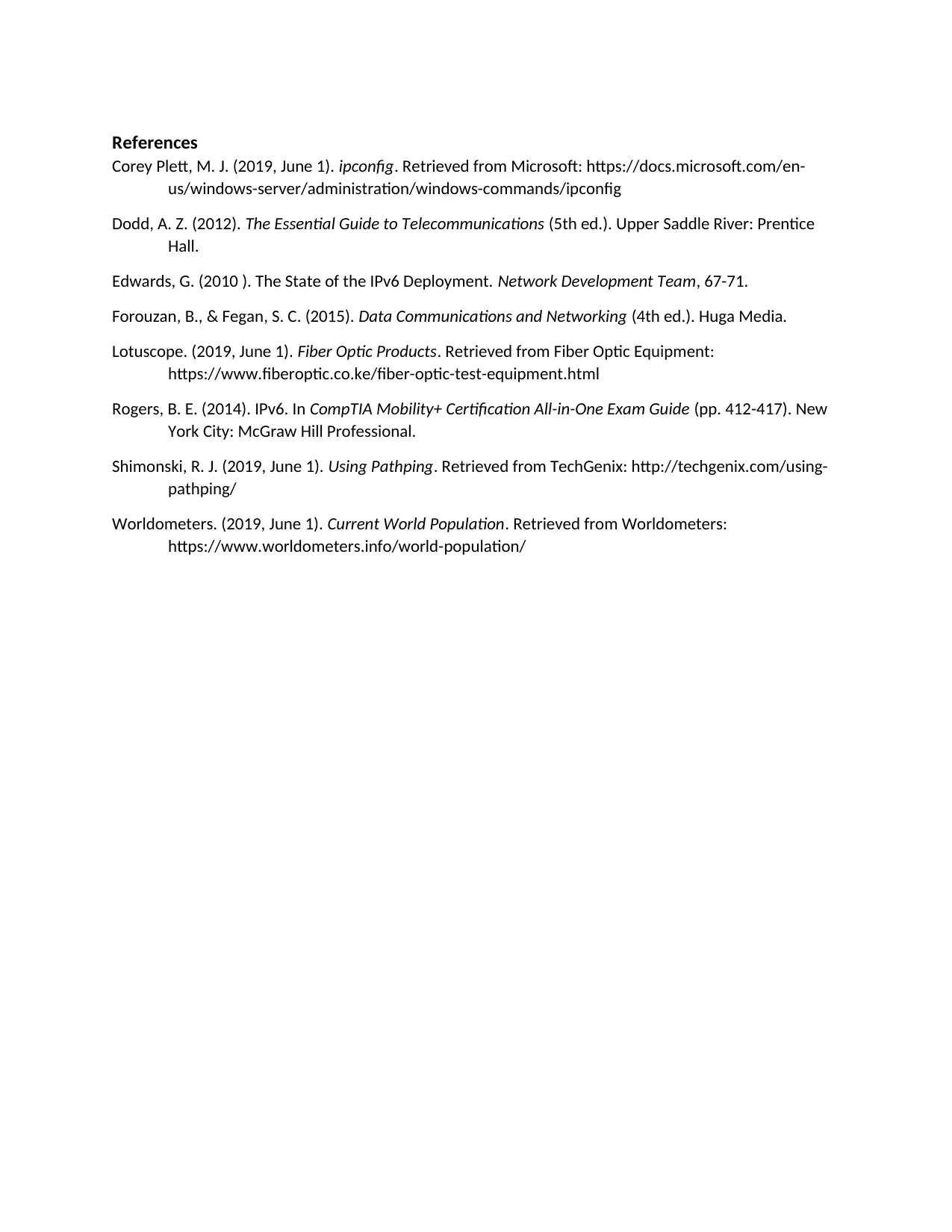



![[object Object]](/_next/static/media/star-bottom.7253800d.svg)